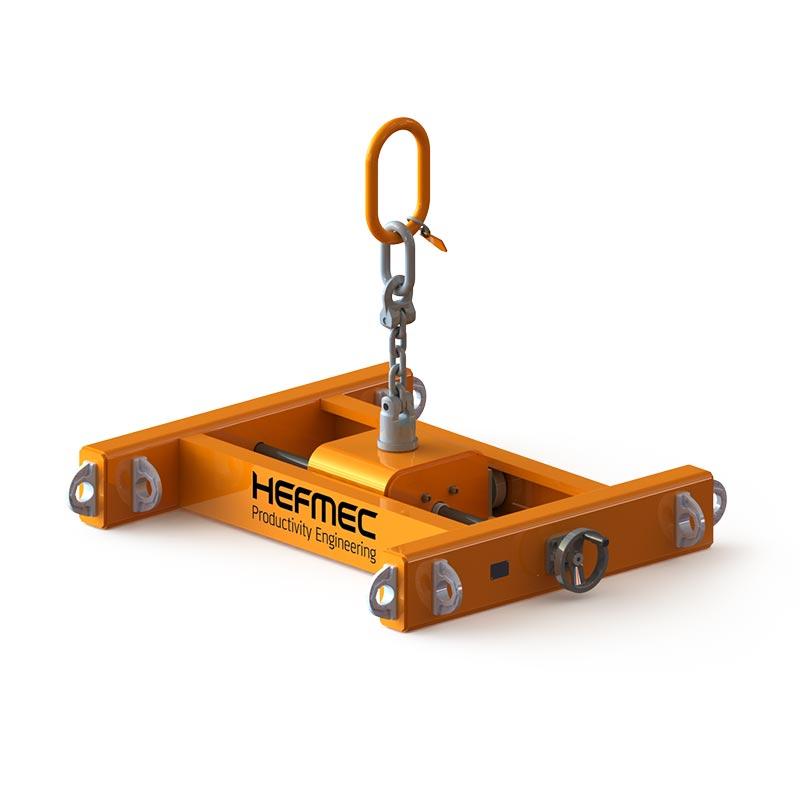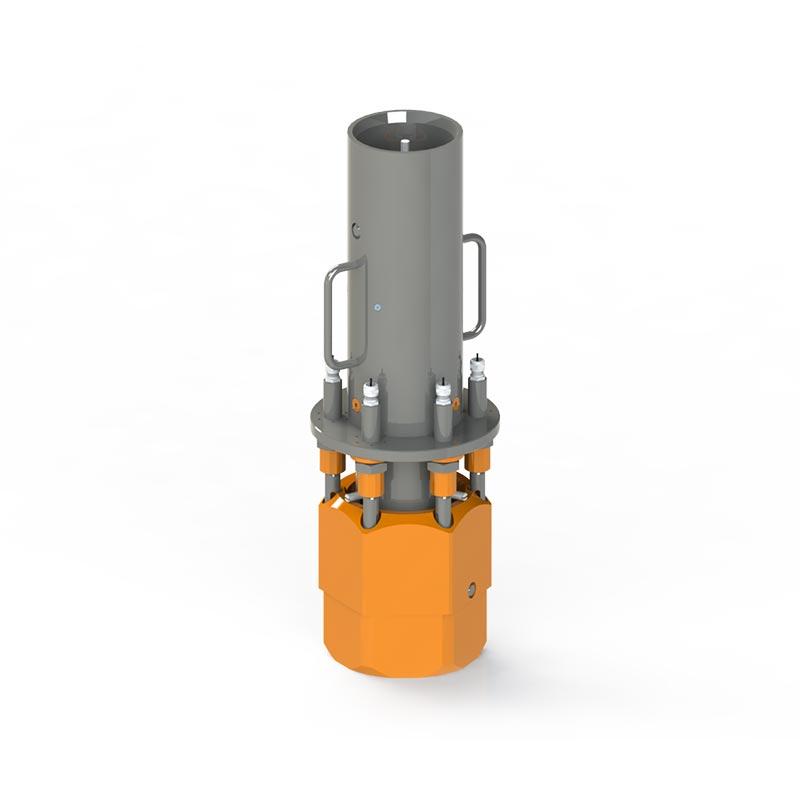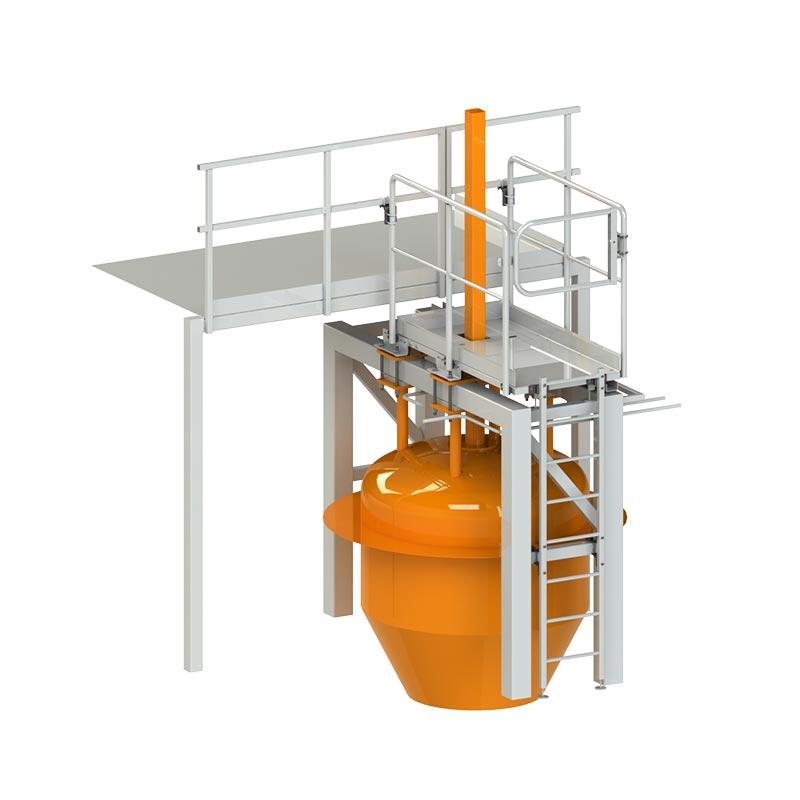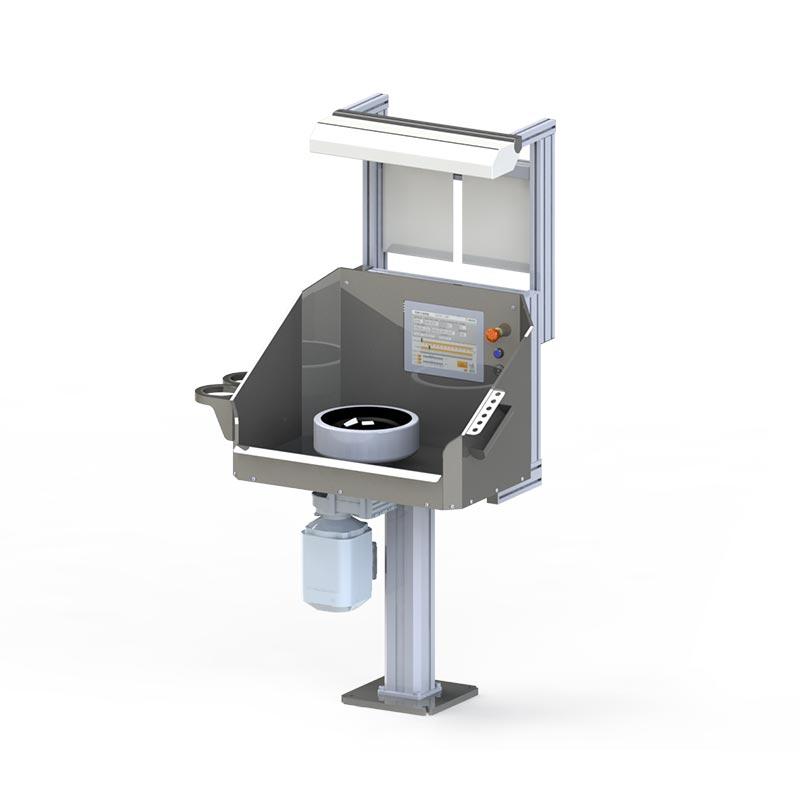The boom and the lifting beam are both important lifting solutions in industrial production, but they have significant differences in purpose and design. A boom is a flexible, pivoting lifting device that allows loads to be lifted and transferred over a wide radius. A lifting beam, on the other hand, is a fixed or adjustable beam structure, particularly suitable for lifting heavy and asymmetrical loads directly upwards.
Lifting boom and lifting beam in production – which is the right choice?
Industrial lifting equipment is a critical part of modern production technology. They have a direct impact on production efficiency, occupational safety and overall productivity. Choosing the right lifting solution can significantly improve the speed of material handling and reduce the risk of workplace accidents.
Booms and lifting beams serve different needs in a production environment. Boom lifts offer a wide operating range and flexibility, while lifting beams specialise in the stable lifting of heavy loads. Both have their place in modern engineering and production technology.
The design and supply of industrial lifting equipment requires in-depth expertise. Each production environment is unique and the lifting solution must be tailored to meet specific needs. This requires a thorough understanding of both lifting technology and the customer’s production processes.
What is a lifting boom and how does it work in production?
A boom is a pivoting lifting device, typically consisting of a column and an arm extending from it. The structure allows loads to be lifted and moved in a radius of up to 360 degrees. The boom is operated either electrically, hydraulically or manually.
In industry, boom lifts are used in particular on assembly lines, in machining centres and in warehouses. They are ideally suited to situations where repetitive lifting and moving is required in a confined area. The advantage of a boom lift is its ability to serve multiple workstations from a single location.
The main advantage of the boom is its flexibility and reach. It reduces the need for forklifts and other handling equipment, which improves safety and efficiency. Modern boom lifts can be equipped with a variety of hoists and grabs for different applications.
Tailored boom solutions allow optimal adaptation to the needs of different industries. For example, stainless steel booms can be used in the food industry, while heavy engineering requires stronger structures.
What is a lifting beam and when is it used?
A lifting beam is a horizontal beam structure that is attached to a crane or hoist to lift heavy loads. It distributes the weight of the load evenly over several lifting points, allowing asymmetrical and long objects to be lifted safely.
Lifting beams are used especially in situations where the load to be lifted is too long or unbalanced to be lifted from a single point. Typical applications include lifting steel beams, concrete elements, pipes and large machine parts. The lifting beam ensures that the load remains stable throughout the lifting operation.
The main advantages of a lifting beam are stability and lifting capacity. It allows safe handling of loads up to 200 tonnes. Adjustable lifting points offer flexibility for lifting different sized pieces, while fixed lifting points are suitable for repetitive, similar lifting operations.
High-quality lifting beam solutions are made of high-quality materials and designed to withstand demanding industrial use. The lifetime warranty is a testament to the manufacturer’s confidence in the quality and durability of the product. This is particularly important when investing in critical lifting equipment solutions.
What are the main differences between a boom and a lifting beam?
There are significant structural and functional differences between the boom and the lifting beam. The boom is a pivoting structure that allows loads to be transferred over a wide area. A lifting beam, on the other hand, is a fixed or adjustable horizontal structure that concentrates on lifting loads directly upwards.
| Feature | Lifting boom | Lifting beam |
|---|---|---|
| Mobility | Rotating, up to 360° | No turning, only vertical movement |
| Dimension | Wide range of operation | Limited to above the lifting point |
| Lifting capacity | Typically 125 kg – 10 tonnes | 1 tonne – 200 tonnes |
| Places of use | Assembly, machining, warehouse | Heavy industry, prefabrication |
| Investment cost | Medium | Varies according to lifting capacity |
The difference between flexibility and stability is a key criterion for selection. The lifting boom offers excellent flexibility around the workstation, but has a more limited lifting capacity. A lifting beam allows very heavy loads to be lifted, but requires a crane or other lifting equipment to move the load.
From a safety point of view, both solutions are safe when used correctly. A boom lift requires careful planning of the working area, while a lifting beam requires careful balancing of the load. In both cases, correct sizing and operator training are critical.
How to choose the right lifting solution for production?
Choosing the right lifting solution starts with identifying your production needs. Key selection criteria include the weight and shape of the loads to be lifted, available space, lifting frequency and budget. Safety requirements and any special standards must also be taken into account.
The specific characteristics of production have a significant influence on the choice. If production mainly involves handling small components at a single workstation, a boom lift may be ideal. For handling heavy elements or long pieces, a lifting beam is often a better option.
- Lifting needs: weight, size and density of loads
- Space requirements: available floor and height space
- Budget: initial investment and operating costs
- Safety: workplace requirements and standards
- Future needs: the potential for production growth
Expert advice will help you find the right solution faster. An experienced supplier can analyse the overall production picture and propose the optimal solution. Tailor-made solutions allow you to maximise productivity and get the most out of your investment in the long term.
Summary: lifting boom or lifting beam – solutions for more efficient production
The lifting boom and the lifting beam serve different needs in modern production. The boom is best suited for applications requiring flexibility, a wide operating radius and repeated lifting. The lifting beam is the right choice for handling heavy, long or asymmetrical loads.
Both types of lifting equipment are indispensable in modern industry. They improve work safety, increase productivity and reduce the need for manual labour. A correctly selected and sized lifting solution pays for itself in improved efficiency.
A holistic approach to lifting solutions ensures the best end result. This means a thorough understanding of the customer’s needs, technical expertise and the ability to see the big picture of production. Every production environment is unique and the lifting solution must be designed accordingly.
Listening to the customer and finding the right solution is the key to successful lifting equipment selection. When a lifting solution perfectly meets the needs of production, it significantly improves production efficiency and competitiveness. Investing in the right lifting equipment is an investment in the future of production.








